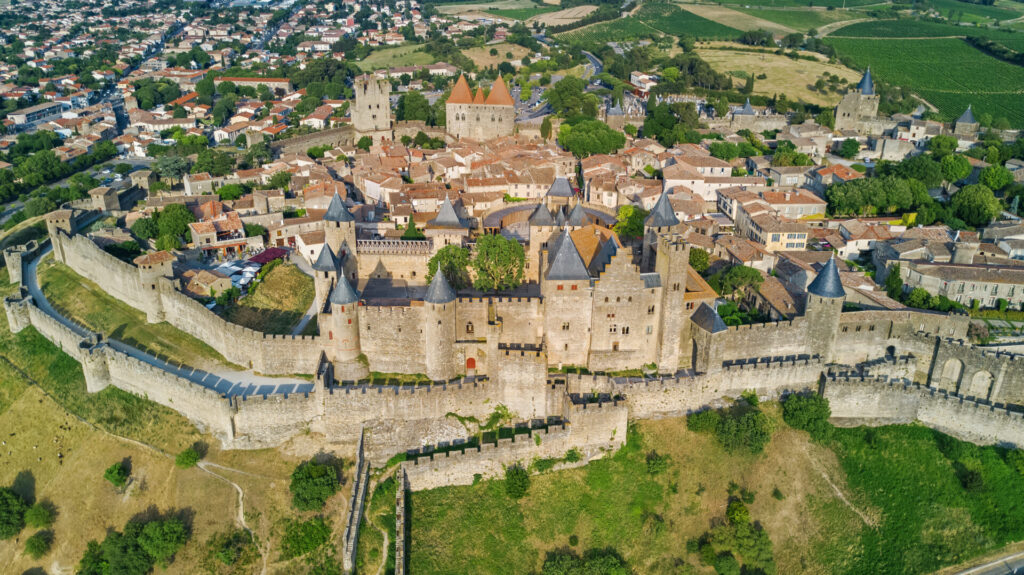Nestled between the Pyrenees and the Mediterranean, the Occitania region of France is magical! Let’s explore it step by step lingering, of course, in its very core – called the Gers – for one of the most beautiful journeys ever.
A region where all landscapes meet
Before going to Occitania, a region about as large as Ireland, you will need to make a few choices: You can hike over the Pyrenees foothills, succumb to the maritime charm of Sète, suntan on the beaches of Montpellier, follow the white horses of Camargue, admire the Cévennes mountains, explore the arid limestone plateaus called Les Causses, venture into the meadows of Aubrac or, away from the sea in the hollow of a great plain, fall for the irresistible sweetness of the Gers, which is what I did!
A majestic entranceway
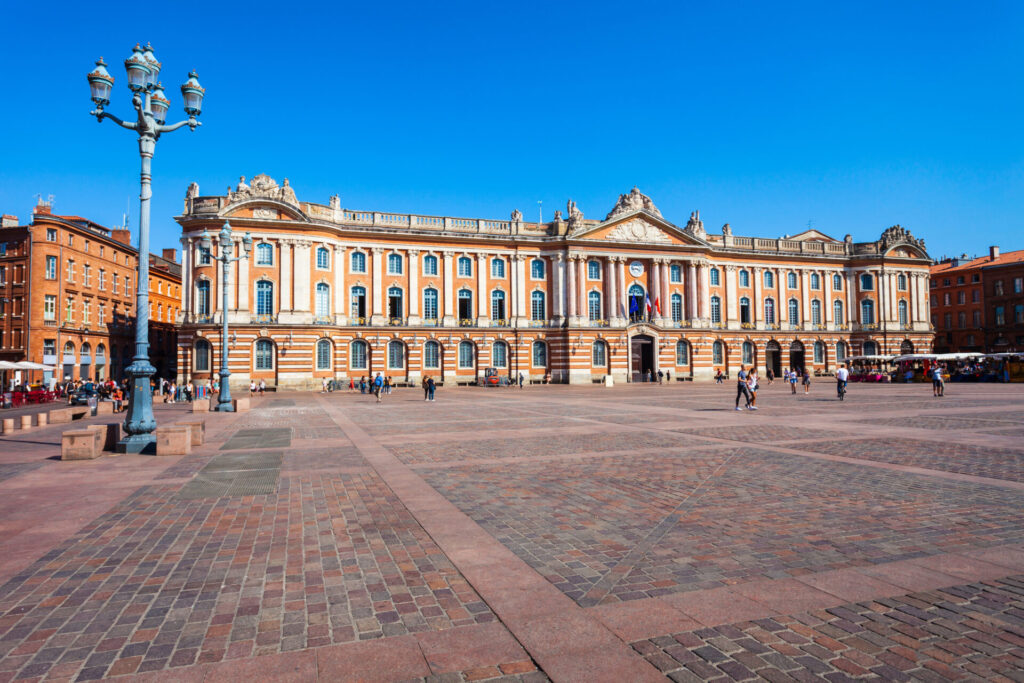
My first point of entry is Toulouse, the capital of Occitania. I instantly fall in love with La Ville Rose, whose brick facades look orangey under the southern sun. Between the Canal du Midi and the Garonne, people hum the songs of singer and native son Claude Nougaro around Place du Capitole, in the winding streets and alleys, so that le vent d’autan – the southerly wind purported to drive everyone crazy – won’t trouble city dwellers!
Here, rugby and good food are taken very seriously. People scour the sidewalk Marché Cristal on Boulevard de Strasbourg or inhale the scent of newly mowed hay at Fromagerie Xavier, where cheese-and-wine tastings are held every Thursday. And then there’s Marché Victor Hugo, France’s oldest covered market, which opens at the crack of dawn except on Mondays. Toulouse sausage reigns supreme at this spot, foie gras comes in a wide variety of sizes, and duck in every shape and style. Ca hors and Banyuls wine, onions from Cévennes, Bouzigues oysters… You’ll want to try them all. And you can! The market’s top floor is reserved for restaurants.
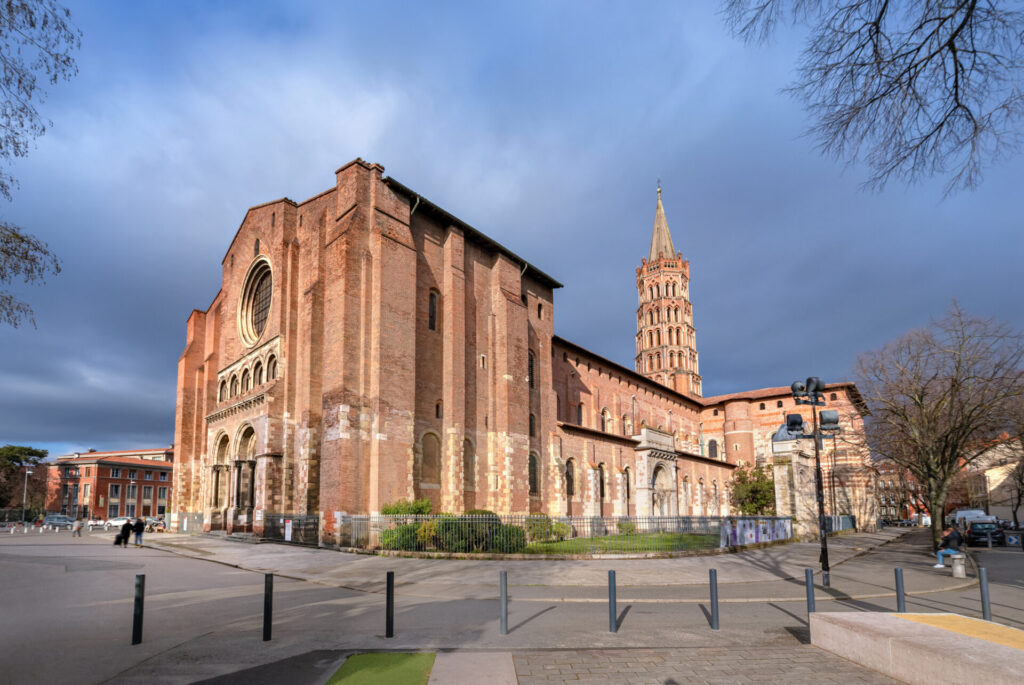
The arc of history, too, is a passion in Toulouse, from the earliest traces of civilization to the city’s current leadership in aeronautics. At the bend of a square is Basilique Saint-Sernin, Europe’s largest remaining Romanesque church and one of its most beautiful. Near the Garonne, Hôtel d’Assézat (currently closed for renovations, but its splendid courtyard remains open to visitors) is a masterful example of Renaissance architecture, home to a wealthy merchant of the pastel plant, or woad, used to make a blue dye deemed “fit for a king” and that made a fortune for Occitania. Incidentally, the compacted ball of shredded woad leaves is called a cocagne, hence the expression Pays de Cocagne referring to Occitania. History is also reflected in the bilingual street names – in French and original Occitan (or langue d’oc). After all, Occitan is still spoken every day and taught (alongside French) in the region’s Calandretas, or bilingual schools.
A land of history and myth
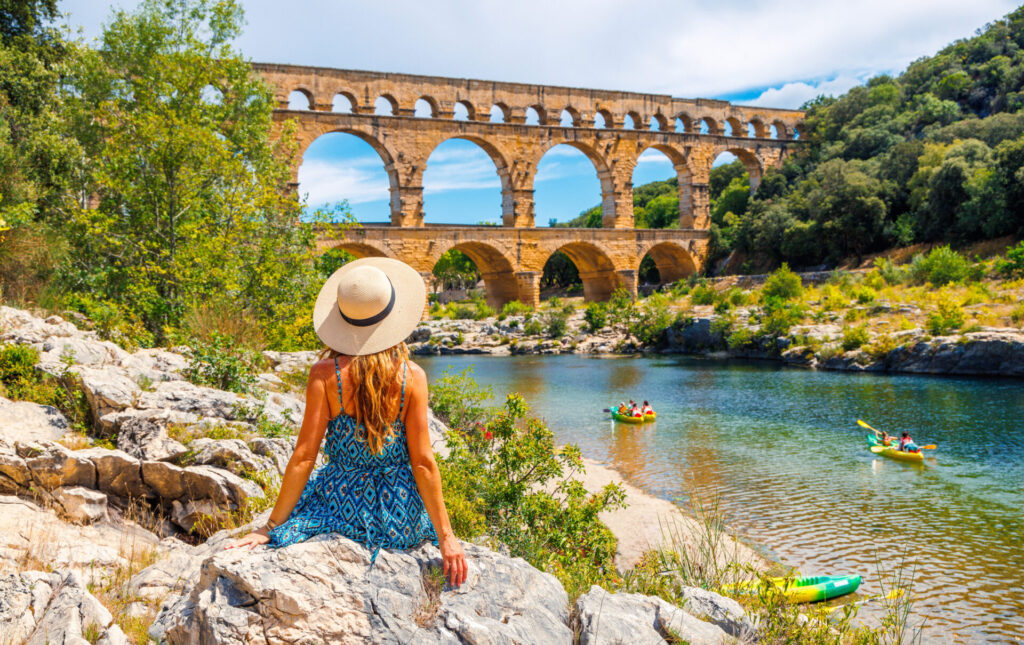
Occitania’s heritage is unusually rich. These fertile agricultural lands are dotted with wonders. Take the Pont du Gard, the Roman three-tiered aqueduct bridge said to have been in use for six centuries and that is now a UNESCO World Heritage Site.
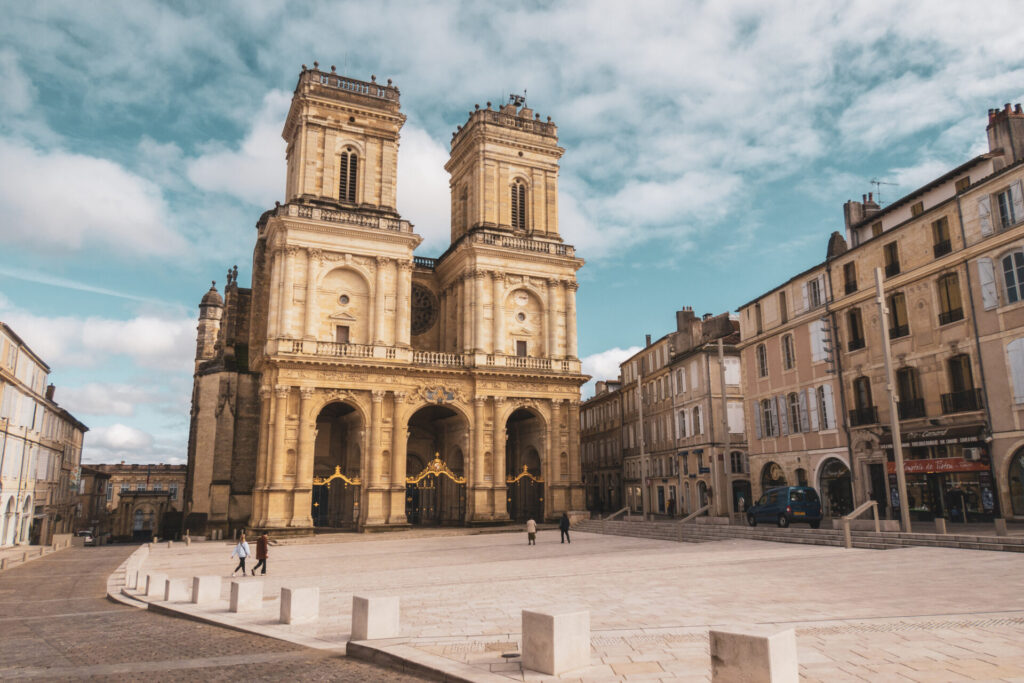
Or there is the Millau Viaduct, the world’s tallest and longest cable-stayed bridge that is suspended over the Millau valley and the Tasrn River. The stark beauty of the Saint-Bertrand-de-Comminges Abbey stirs the heart. The oak choir stalls in Auch’s Cathédrale Sainte Marie resemble a church within a church.

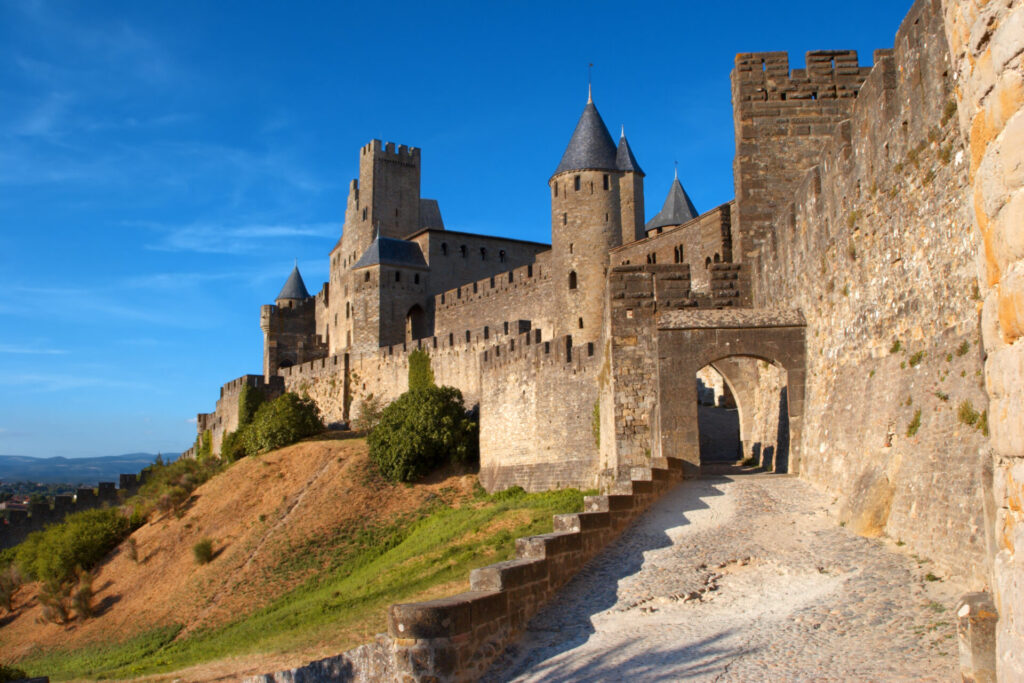
And what can I say about the clifftop village of Rocamadour, or the picture-perfect commune of Saint-Cirq-Lapopie set far above the Lot River? The majestic medieval town of Carcassonne is yet another UNESCO World Heritage Site and the circular village of Martres Tolosane still carries on its centuries-old faience (glazed earthenware) tradition.
This part of the world is replete with medieval half-timbered houses, even in the smallest of villages. Traversed by Compostela pilgrim routes and dotted with fortresses dating back to the Templar Knights and traces of Gaulish oppida (settlements), Occitania is an archaeological hunting ground.

History aside, there are enduring traditions. In the village of Rieux-Volvestre, it’s the three-day Papogay Festival. The tradition dates back to the Hundred Years’ War when France was defeated by English armies. The French were considered inadequate archers, so it was determined they should receive more training. In Rieux-Volvestre today, “training” involves a metal parrot called the Papogay, which is attached atop a 45-metre mast for archers to target. The candidate who succeeds in knocking the bird off its perch is crowned Papogay King.
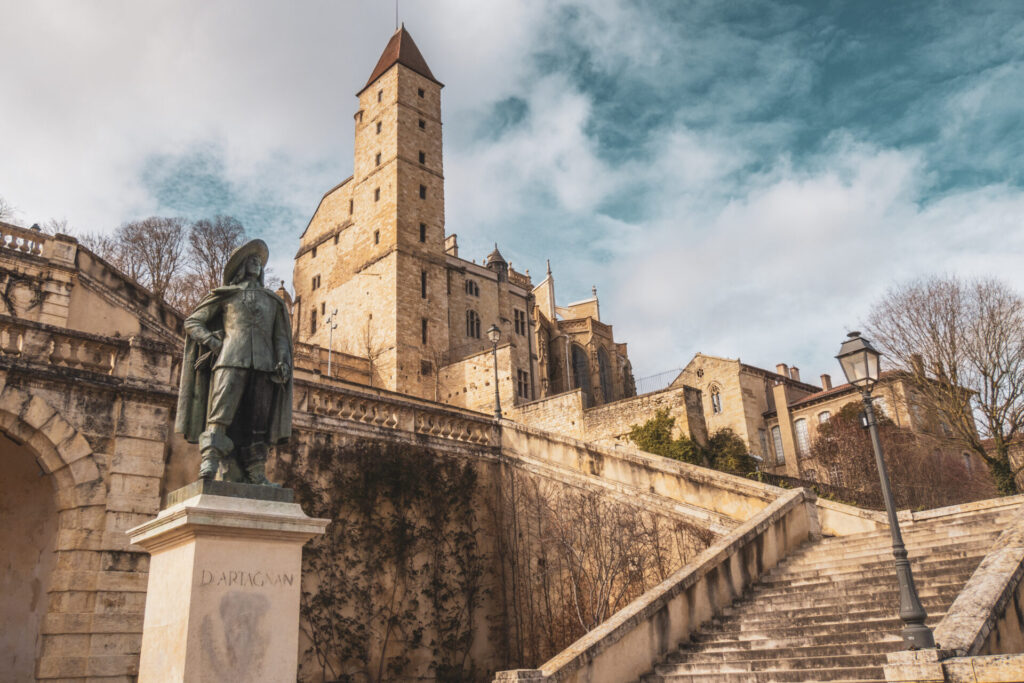
A beloved Gascon hero is Charles de Batz de Castelmore, better known as d’Artagnan, born near Lupiac in the Gers. He was a real-life Musketeer fighting for Louis XIV and romanticized in the novel The Three Musketeers. His statue now stands proudly on the landing of the grand staircase linking the historic town to the new town of Auch, capital of the Gers.
A sweet slice of life
To appreciate the Gers, take a stroll along Rue Principale in Lectoure, from Cathédrale Saint-Gervais-et-Saint-Protais to Château des Comtes d’Armagnac. When you arrive on the promontory at the end of the village, you’ll be rewarded with a magnificent view over the Gers valley: hills and dales, thickets and meadows in every shade of green and yellow, all under a deep blue sky. Imagine a French version of Tuscany! There’s plenty to do and enjoy in the Pays de Cocagne: Armagnac, black ham, hiking, tiny bistros serving decadent Gascon salads. This vacation spot is enriching and so much more!
A place to stay
Les Bruhasses, a charming 18th-century guesthouse run by a Gascon-Québécois couple in the town of Condom.
Bring a piece of Occitania home
A bottle of Armagnac from Domaine d’Arton or a bottle of Pillow Mist by Graine de Pastel.
Trending in France
Late 19th-century guinguettes (popular open-air cafés or dance halls) are back in fashion in every corner of France. In Toulouse, Guinguette Turbine – that overlooks both picturesque Pont-Neuf and the grand Hôtel-Dieu Saint-Jacques – serves delicious tapas.
Book an appointment with a CAA Travel consultant to start planning your trip today.
Content courtesy of CAA Quebec Magazine.

